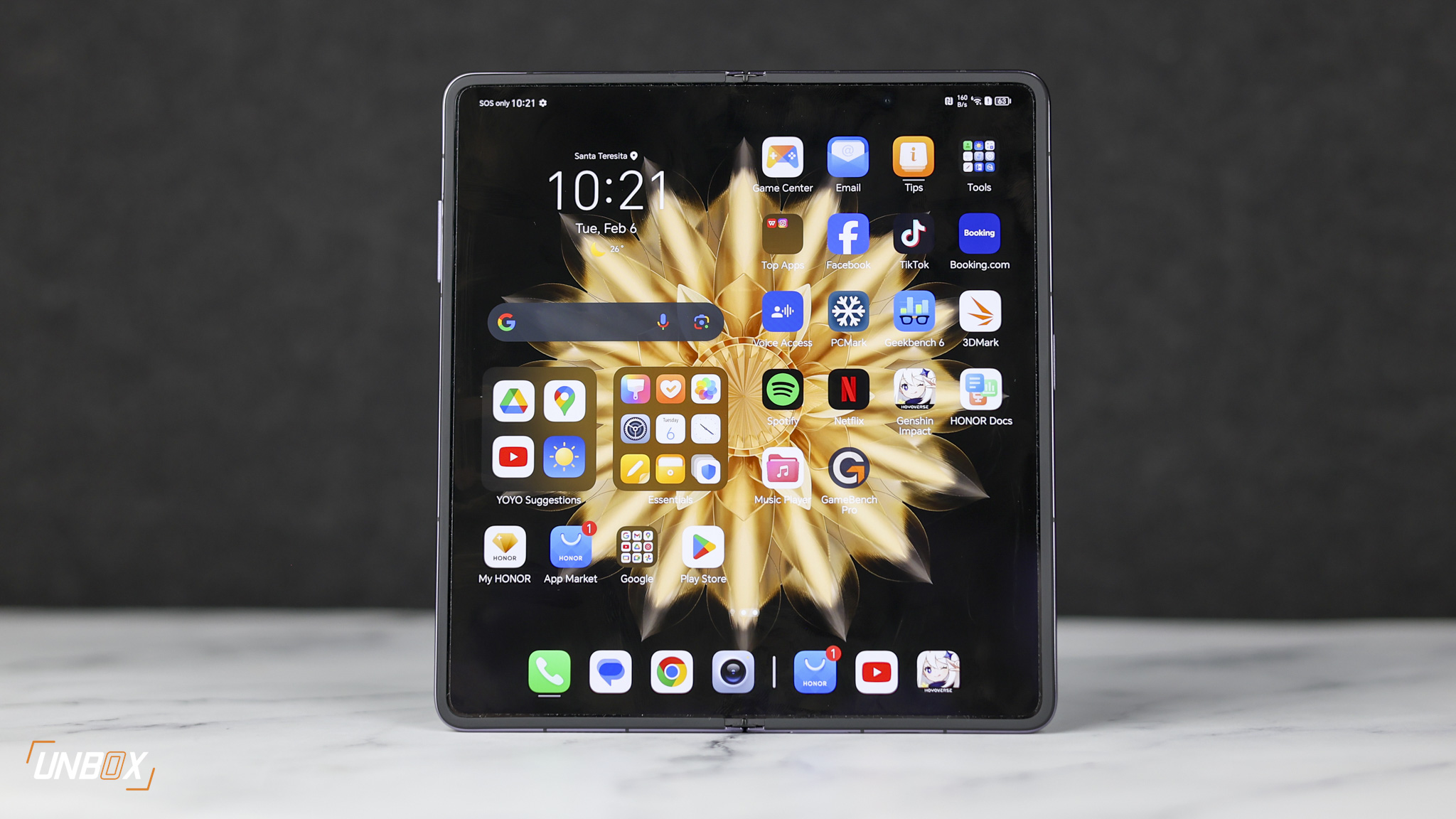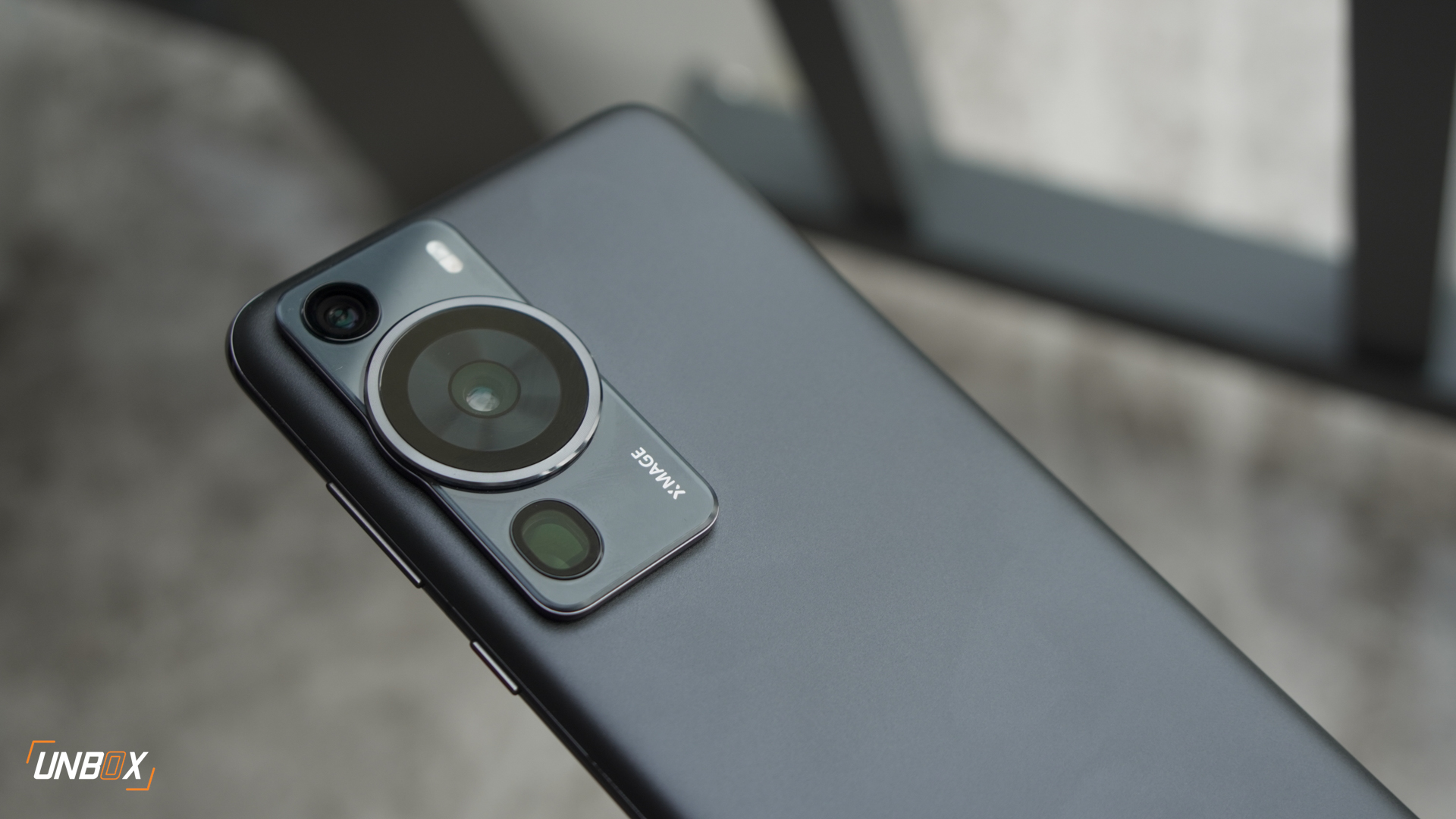
We review Huawei’s Mate 20!
Last year we fawned quite a bit over Huawei’s Mate 10 Pro but found that its less expensive sibling, the Mate 10, a more practical choice for people who are looking to stay true to the spirit of the big-screen smartphone line from the Chinese company.
That hasn’t changed one year on – while everyone’s piling attention on the pricier variation of the Mate series with its 2K panel, in-display fingerprint scanner and 40-megapixel snapper, the Mate 20’s battery endurance, larger screen, cheaper price and more traditional features make it a better choice for people looking for a powerful, big-screen phone.

What is it?
The Mate 20 is the more affordable sibling of Huawei’s Mate 20 Pro, retailing roughly 9K lower while still retaining many of the features that made its big brother great.
It has the same design cues as its more expensive brother, though Huawei has gone for more practical tech in the Mate 20 to keep production costs lower.

It looks quite bigger than the more expensive Mate.
It is since it has a bigger 6.53-inch IPS, non-curved full HD panel with a tiny dewdrop notch on the top. That notch is quite an improvement over the Mate 20 Pro since it occupies such a small space on the display that you really don’t notice it’s there.
That’s a big contrast to the one on the Mate 20 Pro, which is quite large thanks to the various sensors that it uses to facilitate secure face unlocks.

The bigger display is also easier to use for some people compared to the curved panel on the Mate 20 Pro, but obviously, your mileage may vary on that one.

That bigger body isn’t a liability either since it allows for a traditional 3.5mm jack, something that the smaller Mate 20 Pro doesn’t have. Unfortunately, the Mate 20 only has IP53 water resistance, which is a step down from the Mate 20 Pro.

The phone isn’t drastically different design-wise from the Mate 20 Pro, at least looking at the device from the rear. The biggest, noticeable change is the fingerprint scanner that’s located right below the triple-camera module, which the Mate 20 Pro doesn’t have.

While we like the in-display fingerprint scanner of the Mate 20 Pro, not everyone does. Lea, for example, prefers putting her finger on a physical scanner, and honestly resting your finger on the back of the phone is way more natural than placing it on the front, right on the display. It’s quicker to unlock that way too.
Color-wise you don’t get as much variety as the Mate 20 Pro, as the Mate 20 only comes in two colors here in the Philippines – Black and Midnight Blue.

Does it still have flagship performance?
It does. It’s armed with the same Kirin 980 processor that’s on the more expensive Mate 20 Pro. Unsurprisingly though, the Mate 20 has a higher synthetic benchmark compared to the Mate 20 Pro thanks to its lower resolution screen that requires less computing power to run.
As for actual use, the Mate 20 feels incredibly fast, which isn’t a surprise. Until Qualcomm outs their next generation chip, the Kirin 980 is still top of the pile in terms of performance.
In the Philippines, Huawei is selling the Mate 20 with 6GB of RAM and 128GB of expandable storage, albeit via the company’s proprietary NM card. The phone is one of the few currently available in the market that runs Android Pie out of the box, though Huawei runs their EMUI software layer on top of that.

How are those triple cameras?
Pretty great. The Mate 20 doesn’t have the same sensors that inhabit the Mate 20 Pro’s triple camera module, with Huawei opting instead for slightly downgraded sensors.
The Mate 20 camera cluster is composed of a 12-megapixel sensor with a f/1.8 aperture lens, an ultrawide 16-megapixel snapper with f/2.2 aperture lens and an 8-megapixel f/2.4 aperture shooter that has 2x zoom.
Are photos taken by the Mate 20 comparable to the Mate 20 Pro? No, since the more expensive model has better sensors all around.
That doesn’t mean that the Mate 20 isn’t capable of producing awesome shots though, as images taken from the triple camera module can rival photos taken from other flagship phones.
Even better, the Mate 20 has all the AI smarts of the Mate 20 Pro, which means it still has intelligent scene detection, as well as the almost magical night shooting mode.
Long story short, the cameras are downgraded a little bit compared to the Mate 20 Pro, but it’s still as capable as most flagship phones available in the market today.
How’s the rest of the phone?
Pretty excellent. We love the fact that the Mate 20 still has a 3.5mm jack that, which is missing from the Mate 20 Pro. The regular Mate also uses a traditional speaker grille, which is quite louder than the one on the more expensive model.
As far as ergonomics go, we prefer the flatter Mate 20 over the curved Mate 20 Pro, though your mileage may vary depending on how big your hand is.

Does the battery last the entire day?
Yup. The Mate 20’s battery is rated for 4000mAh, and while it’s 200mAh less than the Mate 20 Pro’s battery, it had similar synthetic run times in PCMark’s battery rundown tests.
As for actual use, the Mate 20 lasted us more than a day with moderate to heavy use, including a bit of navigation use during our time in Malaysia a few weeks ago.
The Mate 20 has fast charging as well, though it’s not quite as fast as the flagship model. But to be fair, getting 50% battery from 0% in just 30 minutes isn’t anything to scoff at.

Should you buy it?
Given the choice of the two, more practical users may actually gravitate towards the Mate 20 more compared to the Mate 20 Pro.
You lose out on a few top-end features like the curved, 2K display, higher water resistance and on-screen fingerprint scanner plus the higher-resolution, 40-megapixel camera but for practical users looking to upgrade to a sensible Mate, the loss of those features aren’t big deal-breakers.
And aside from the substantial price difference, the Mate 20 has a few additional features that its more expensive brother doesn’t have: 3.5mm jack, a physical fingerprint scanner that’s more ergonomic to use, and a bigger, easier to use display.
The Huawei Mate 20 is available to buy now and is priced at Php 40,990.





















